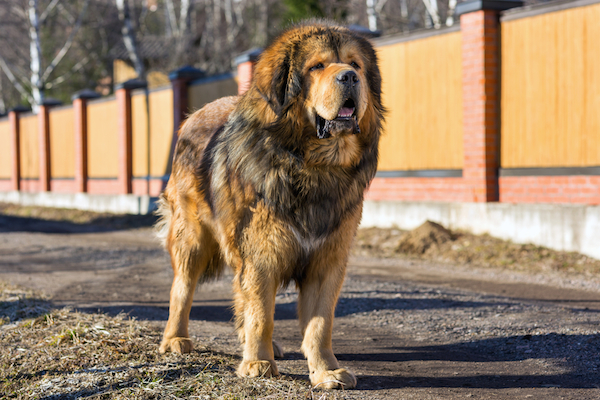Have you ever heard someone say, “That dog’s as big as a horse”? Way back when we weren’t that concerned about hurting our dogs’ feelings, children used to ride big dogs as if they were horses. Horses and dogs share some attributes — both have been our companions for a long time, and both can be said to be humanity’s best friend. Horses can learn tricks, and they have their own way of worming treats and affection out of people, just like canines do. You can’t keep a horse in the house (unless it’s a really big house), and some would say that the huge dog breeds are best left outside in the cold (which is, of course, not fair).
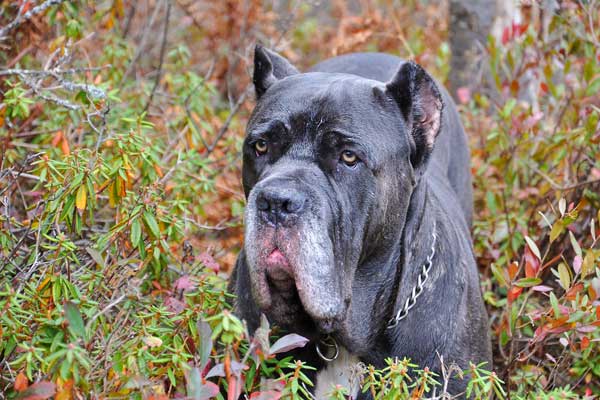
But “a horse is a horse, of course” (to quote the famous talking horse Mr. Ed), and a dog is a dog. You can’t find any “lap horses” around, nor do you hear about drug-sniffing horses. But you might think you see a horse out of the corner of your eye if you run into one of the top 10 biggest dog breeds.
What Makes a Dog Breed Big?
It seems pretty obvious — it’s their size. But is it their weight or their height that matters? What traits do these momentous canines share?
- Weight: To be in the top 10 biggest dog breeds, a dog must weigh at least 100 pounds.
- Height: Like horses, dogs are always measured at the withers, which are the highest point of a dog’s shoulders.
- Formidable looks: Sure, being a giant can make you look scary, but some people automatically think big dogs with short fur, obvious muscle structure, cropped ears and/or tail, or small eyes are dangerous.
- Stoic temperament: Because many of the biggest breeds were bred to be guard dogs, many are the strong, silent type.
- Slobbery kisses: Many of the biggest breeds are closely related to the Mastiff, one of the original dog types with saggy lips and lots of slobber.
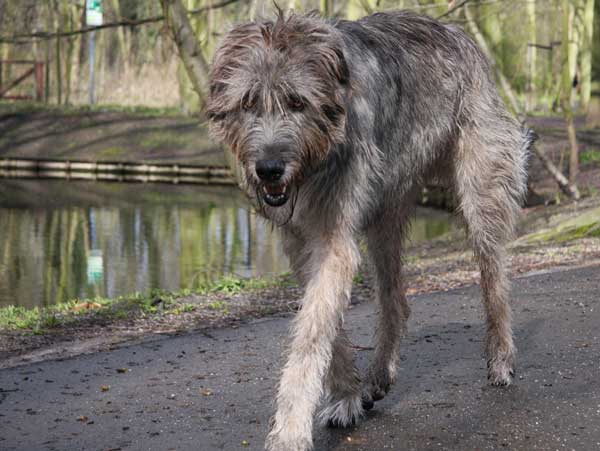
Why Some People Want One of the Biggest Dog Breeds
First, consider some complaints about these breeds. Enormous dogs take up more space, leave a bigger messes when housebreaking accidents happen, don’t live as long as smaller dogs, and commonly suffer from hip dysplasia. Also, neighbors may look askance in the street and even cross to the other side because “big” sometimes equals “dangerous” in people’s minds (though we know this isn’t fair).
So why is it totally worth the extra paper towels you have to buy for your jumbo-sized canine? The biggest dog breeds tend to be gentle, calm, and stable (as in, your toddler niece is pulling on your massive dog’s tail and he doesn’t even notice). They tend to be very loyal and affectionate in their own quiet way. They are surprisingly agile and make great exercise companions, and many of them are very mellow and actually can live in small spaces without it feeling cramped.
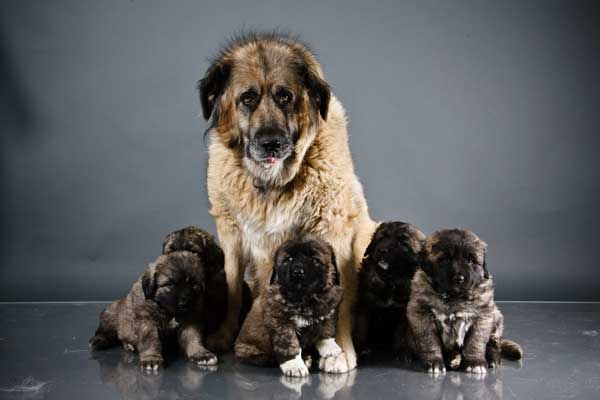
Why Some Dogs are Humongous
The biggest dog breeds were bred mostly to be guard dogs for royalty and nobility. Their formidable size alone made a good deterrent to any nefarious outsiders, and a deep, resonant bark backed it up. Some were also bred to be working companions on farms. Some of the biggest dogs you see often, but some you’ve probably never heard of.
The 10 Biggest Dog Breeds
- Tibetan Mastiff: This handsome dog is known for the lionlike mane around his head. He was bred to guard temples. The biggest Tibetan Mastiff is said to have been around 280 pounds, but these days they average 180 pounds.
- Caucasian Ovcharka: This breed averages 190 pounds, though it’s not uncommon to see one close to 250 pounds. The Caucasian Ovcharka is from Central Asia and is a working dog, and not a very good companion animal. In fact, they are still used as guard dogs in Germany today.
- Neapolitan Mastiff: Though these gentle dogs tend to be a slim 160 pounds, they are known for their “massiveness.” Neapolitan Mastiff fanciers look for the most all-around bulk on a dog.
- Leonberger: This breed is a true family companion, gentle and protective. Leonbergers weigh around 170 pounds and their full, long coat makes them look even bigger.
- Central Asian Ovcharka: From the same region as the Caucasian Ovcharka, this breed is also an intense working dog who is most at home guarding a flock or property. He weighs in at around 175 pounds and is known as the “wolf crusher” (ouch!).
- Tosa Inu: Also known as the Japanese Mastiff, he shares many of the other mastiffs’ traits. He was bred to be a fighting dog; Tosa Inus are still used in dog fighting today. At around 200 pounds, he is a formidable competitor, but some fanciers say he can make a good companion animal.
- Irish Wolfhound: You’ve probably seen this breed at dog shows or while watching a Westminster dog show on television. A very noble dog, the Irish Wolfhound makes an elegant and loyal companion. They weigh in around 180 pounds, but their height is their really impressive trait at around 34 inches, which is taller than most Great Danes.
- Great Dane: The Dane is a super-sized dog with an average weight of 160 pounds. However, they are often seen at closer to 200 pounds. This breed tends to stand about 32 inches at the withers. The Great Dane makes a good family dog and companion.
- Saint Bernard: Seeing this breed on the list may surprise you, but this excellent family dog and companion can actually weigh up to 200 pounds.
- English Mastiff: This breed has the sagging jowls and sad eyes that cartoonists so love to depict. The English Mastiff is a gentleman in every respect and can be a joy to own. An English Mastiff is recorded as the biggest dog in history, but opponents say the dog was massively overweight. In general, he weighs in at about 160 pounds.
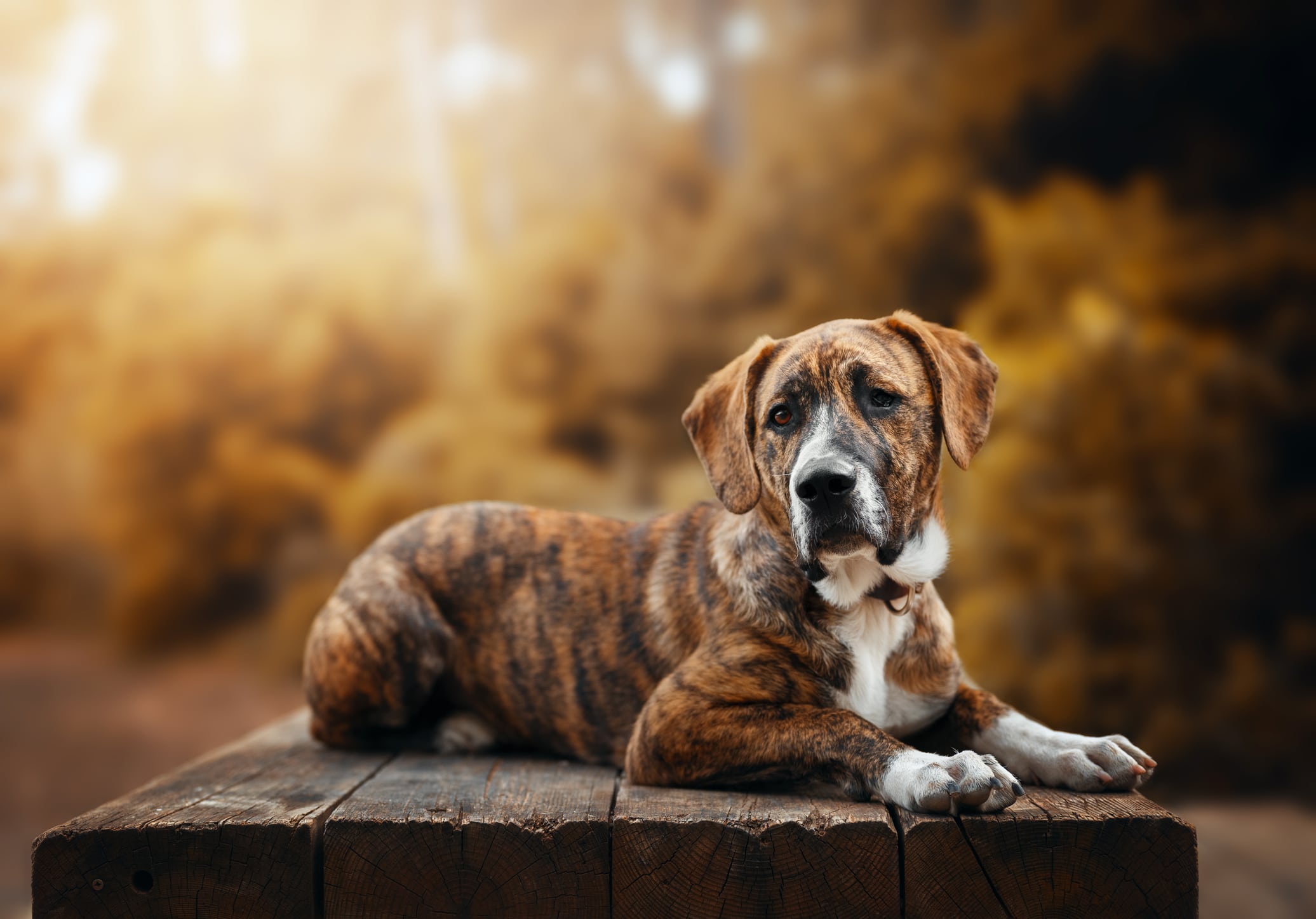
Small dogs, especially teacup-size designer breeds, seem to be the fashion these days. But the large-sized Labrador Retriever is still the number one breed in the U.S. Fashionable dog breeds will come and go, but the biggest dog breeds seem to have staying power (consider the Mastiff). And, though it’s hard to believe, these gigantic breeds are really as big as a horse — OK, maybe a miniature horse.
Don’t see your dog here? Maybe she’s in The 10 Smartest Dog Breeds, The 10 Most Talkative Dog Breeds, or The 10 Rarest Dog Breeds.
Featured Image Credit: Sergey Lavrentev / Shutterstock.

